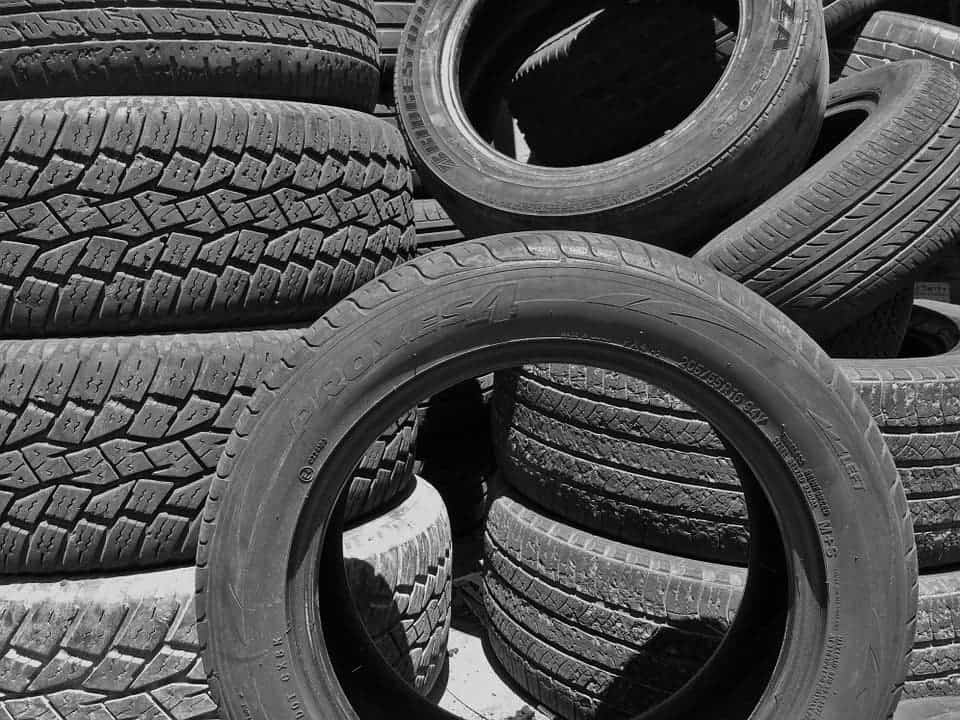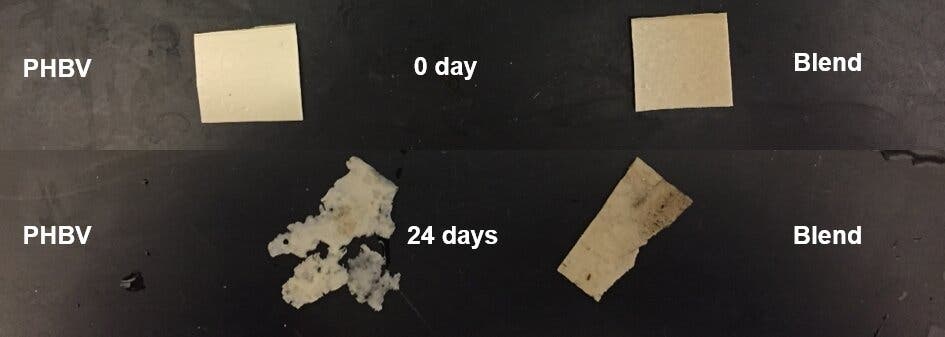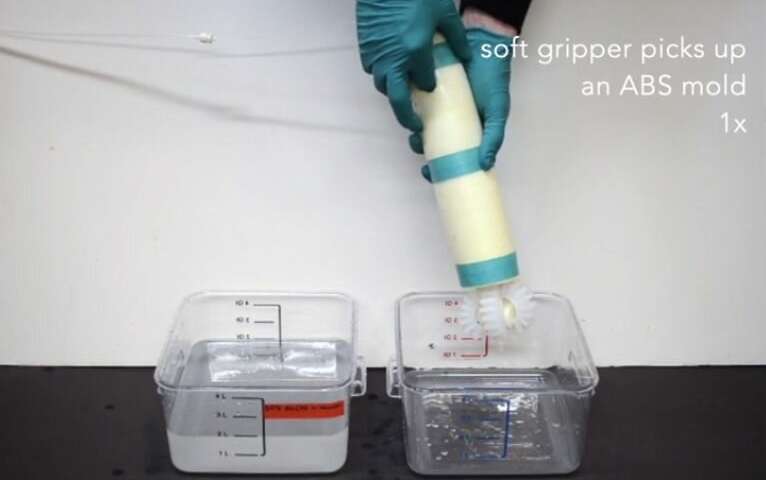
A team at Ohio State University made tires using a rubber composite partly made with a filler consisting of tomato peels and eggshells. Tests suggest the resulting tires not only meet industry standards but exceed them. The benefits are two-fold. For one, we can actually turn food waste into something useful. Secondly, the findings show it’s possible to replace some of the petroleum-derived products currently thought indispensable in tire manufacturing with more environmentally friendly materials without sacrificing performance or quality.
The growing food waste problem and some (clever) solutions
A fifth of the world’s food is lost to waste and overeating, according to a previous study reported by scientists at the University of Edinburgh. Not only this is is a shame considering hundreds of millions of people around the world are malnourished, food waste also contributes to perhaps an even more pressing world problem: climate change.
The most inefficient food production is growing livestock with losses of 78 percent or 840 million tonnes each year. Every time you leave a pound of meat or a pint of milk to go stale you’re actually wasting 4 up to 7 pounds of grain. To produce all this food, which by now has gone to waste, greenhouse gases are released throughout the agricultural production chain from planting the grain to harvesting to feeding them to cattle to transportation. Ultimately, once food waste ends up in landfills, more greenhouse gases will be released under the form of methane — a byproduct of bacterial decomposition.
Spoiled food, however, need not go to waste. Food can be quite chemically complex and varied which is why many have recognized there’s a huge opportunity at stake. One obvious solution is to convert food waste into energy. In the United States, for instance, there are numerous waste-to-energy plants whose role is to convert all that biogenic garbage into energy to power or heat your home. Typically, these are burned to produce steam and later electricity, just like in any conventional plants. More interesting waste-to-energy plants use anaerobic bacteria to extract energy.
Let’s not forget about the most accessible and oldest solution to food waste which we’ve been using to much effect for thousands of years: turn all that spoiled and leftover food into compost, a great natural fertilizer for your garden. Then, there are more creative solutions. One fashion designer, for instance, is turning food waste into clothing while researchers from Hong Kong have converted food waste into graphene, you know the wonder material everyone thinks is going to change the world.
Researchers led by Katrina Cornish from Ohio State University are also using science to solve our growing food waste problem. Cornish wrote to dozens of food processors and, eventually, she had all sorts of discarded food shipped to her lab, from sauerkraut juice to batter drippings. Among the produce were also eggshells and tomato peels. Eggshells are mostly made of calcium carbonate and tests show these make for great reinforcing material due to their porous structure. Tomato peels are pretty thick and tough and can be very stable at high temperature — try cooking raw tomatoes and you’ll see how sturdy their skin is.

Together, the eggshells and tomato peels proved to be a great filler that can replace carbon black, a material made from petroleum whose costs vary with the price of oil and which can end up being 30% of a tire’s weight. Because car tires are in great demand, manufacturers have found themselves in a bit of a predicament because there is no longer a surplus of rubber nor carbon black. But we all know there’s no shortage of eggs and tomatoes. Popular Science tells us that every year in the U.S. some 80 billion eggs and 15 million tons of tomatoes are produced.
When the researchers combined their food waste filler with natural rubber, the resulting tires performed on par with industry standards, as reported in the journal Polymers and the Environment. Actually, the value provided was higher than expected. Typically, carbon black makes rubber stronger but also less flexible but the ground eggshells and tomato peels enabled the strong rubber to retain flexibility. Some applications might rejoice.
Earlier last month, ZME showed how a group at the University of Minnesota managed to make isoprene — a key molecule used in the production of tires — from renewable sources like grasses or trees. Previously, isoprene could only be sourced from cracking oil. Combined with the Ohio State findings, it now looks practical to make a tire entirely from renewable sources.
As mentioned earlier, however, another problem is rubber but Cornish hopes to solve this issue too by researching rubber alternatives. One promising candidate is the rubber dandelion, which is similar but not quite the same with the common dandelion growing in your backyard.
“The rubber dandelion comes from northwest China, Kazakhstan and Uzbekistan, but it can grow in snowy areas of Ohio,” she says. “But it is not very sturdy, so we are trying to make it stronger and higher yielding.” If successful, “it could grow as an annual crop, and it could create many processing jobs,” she adds.






